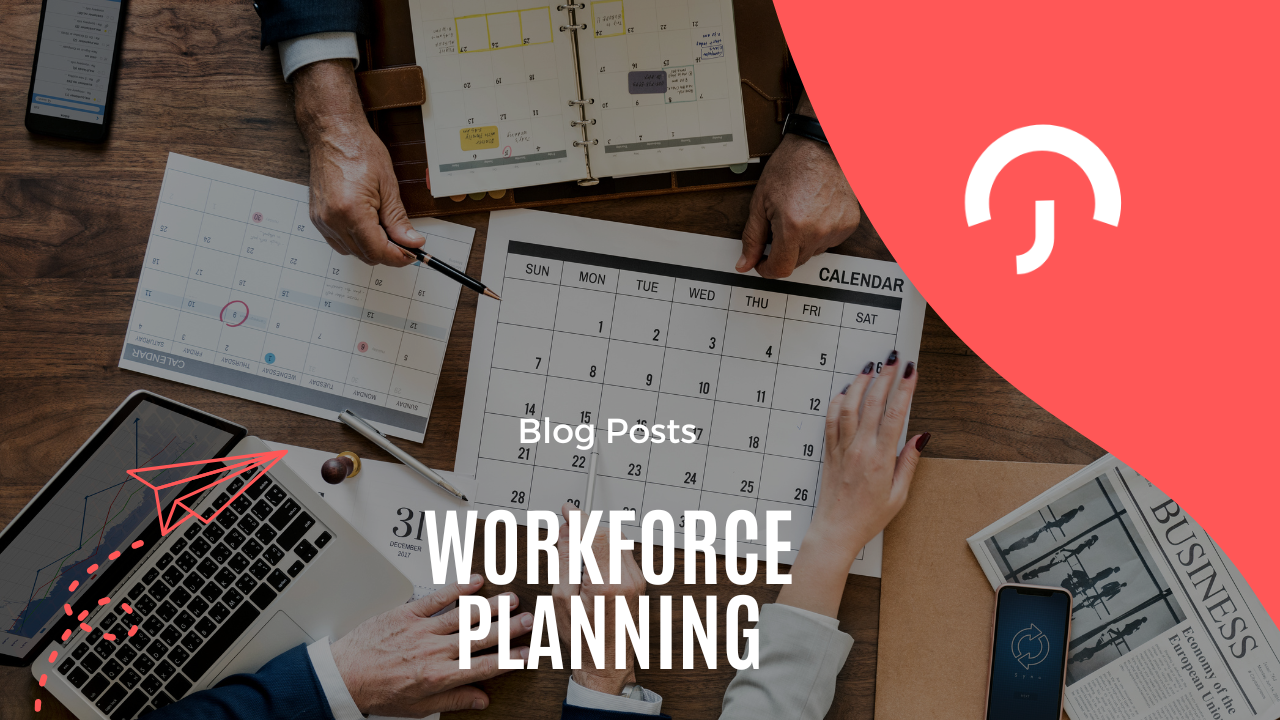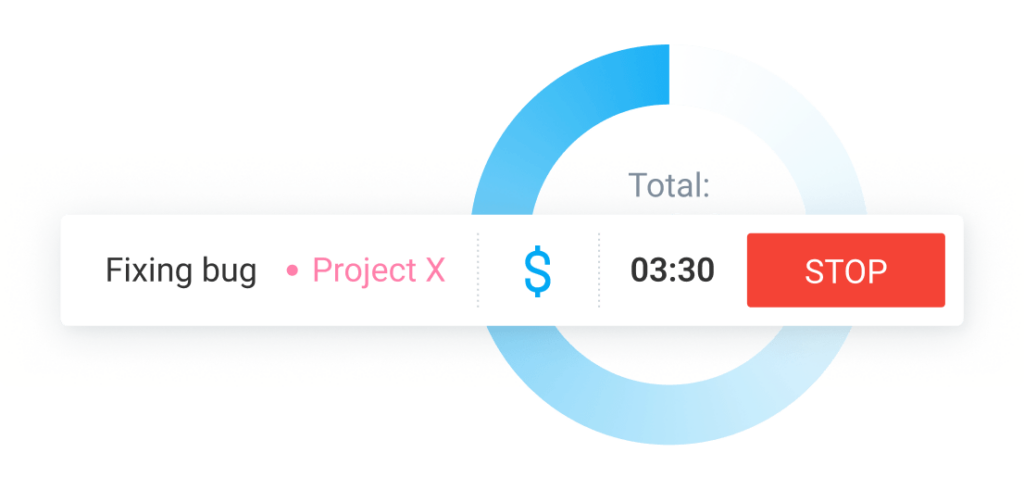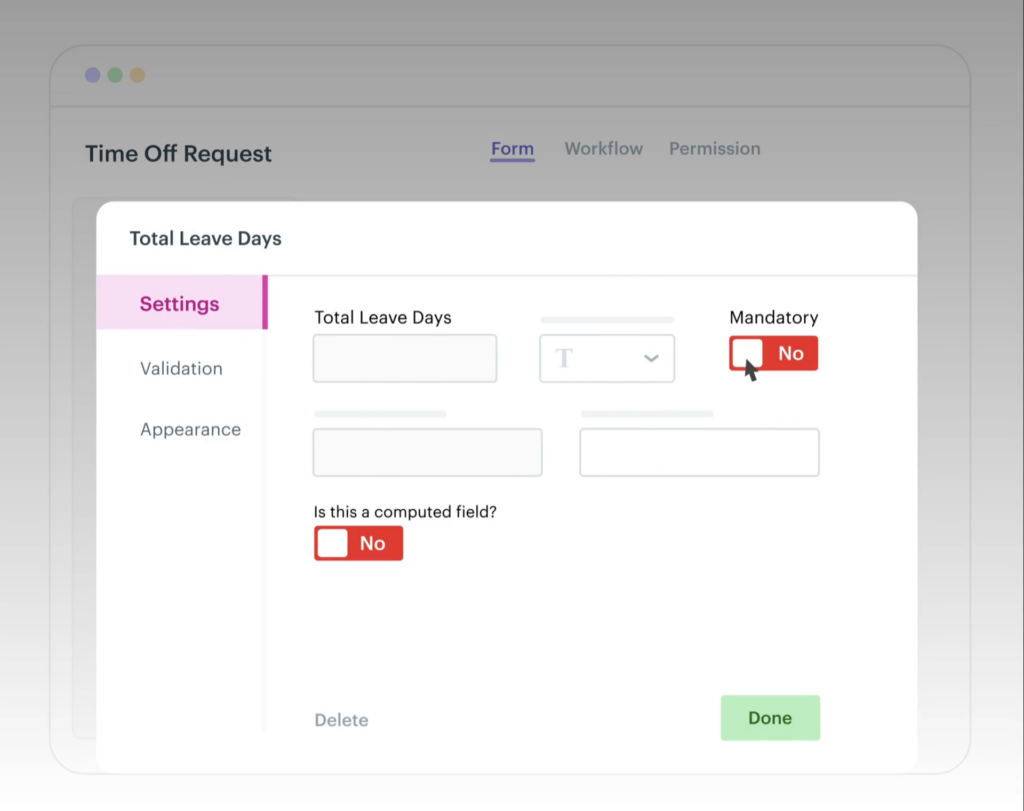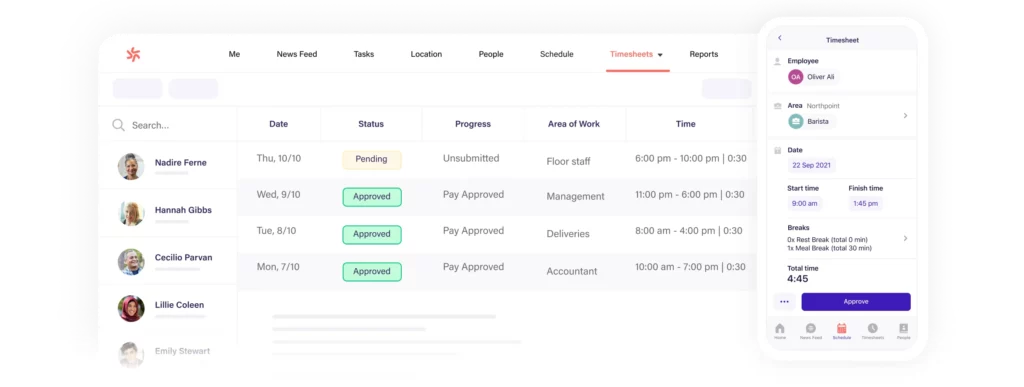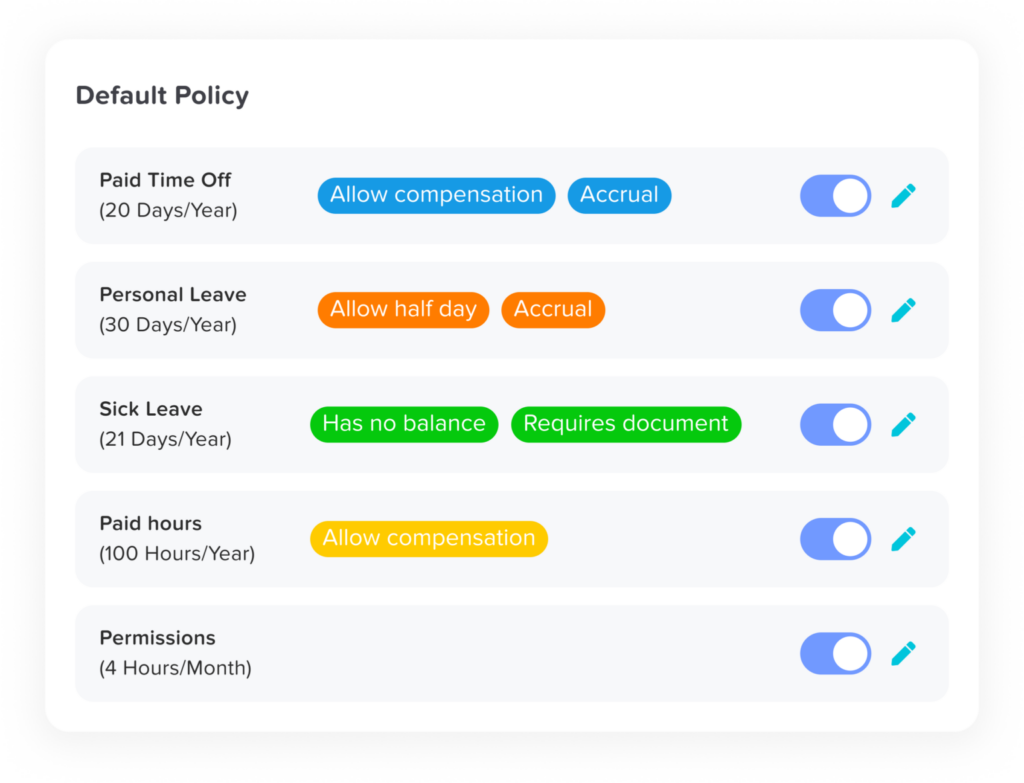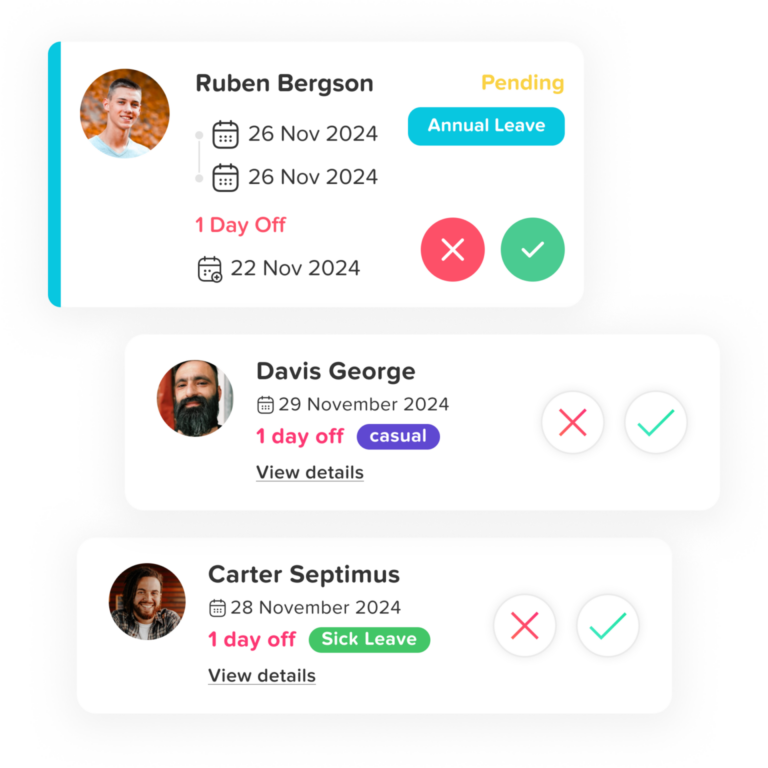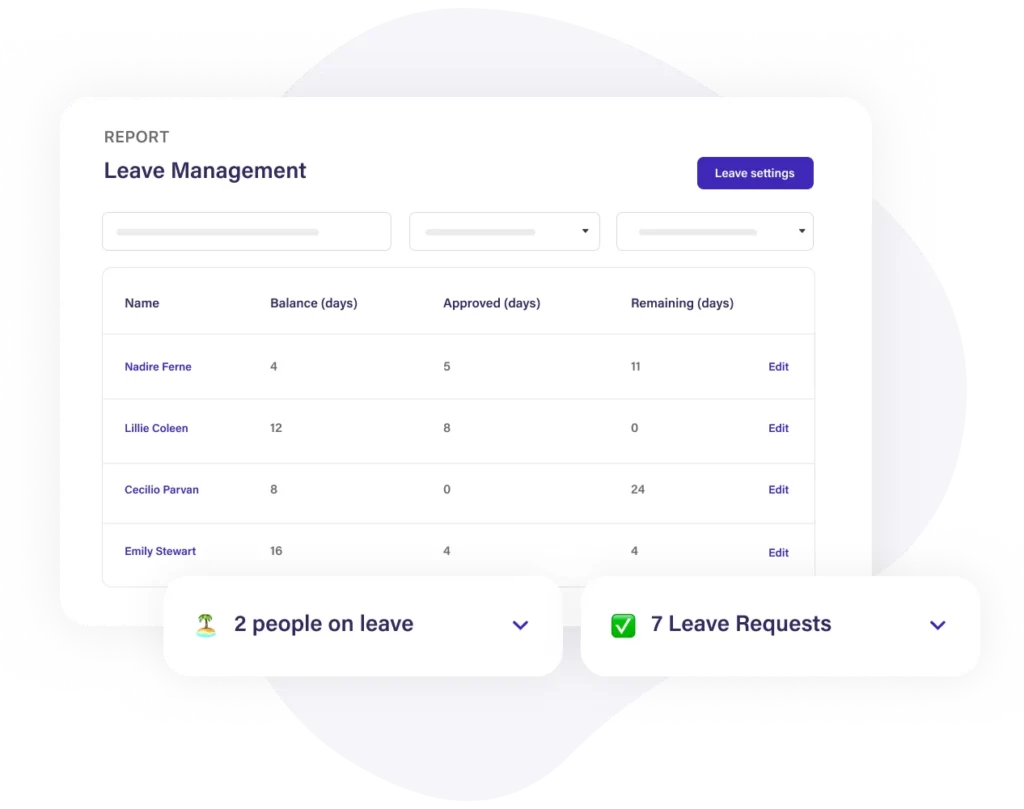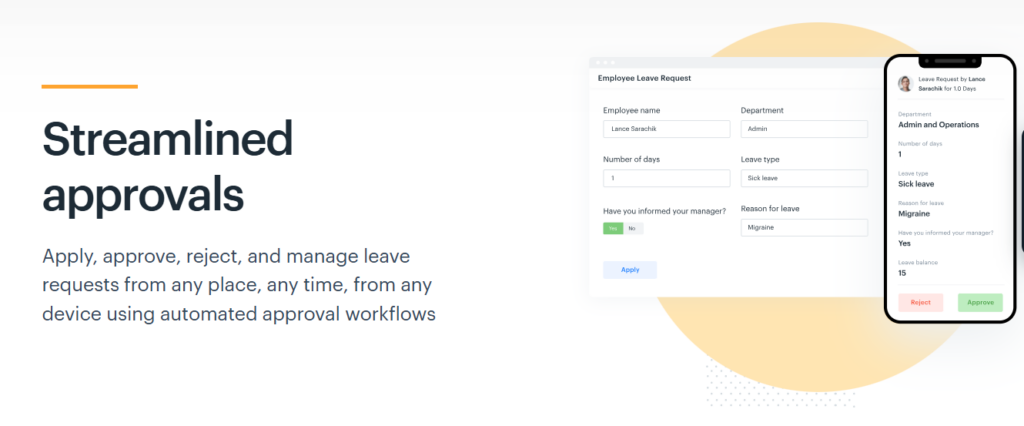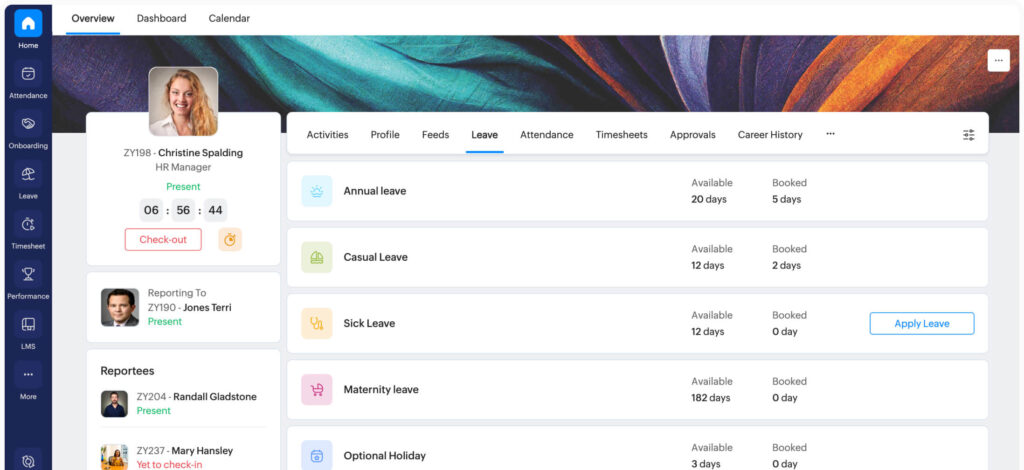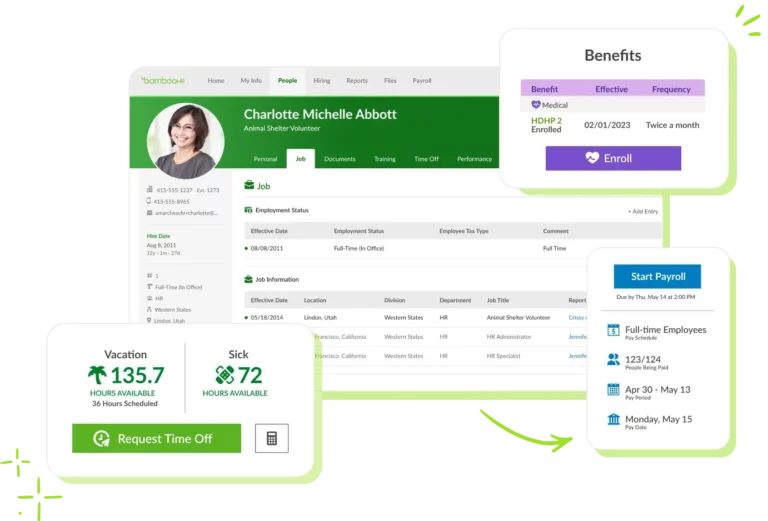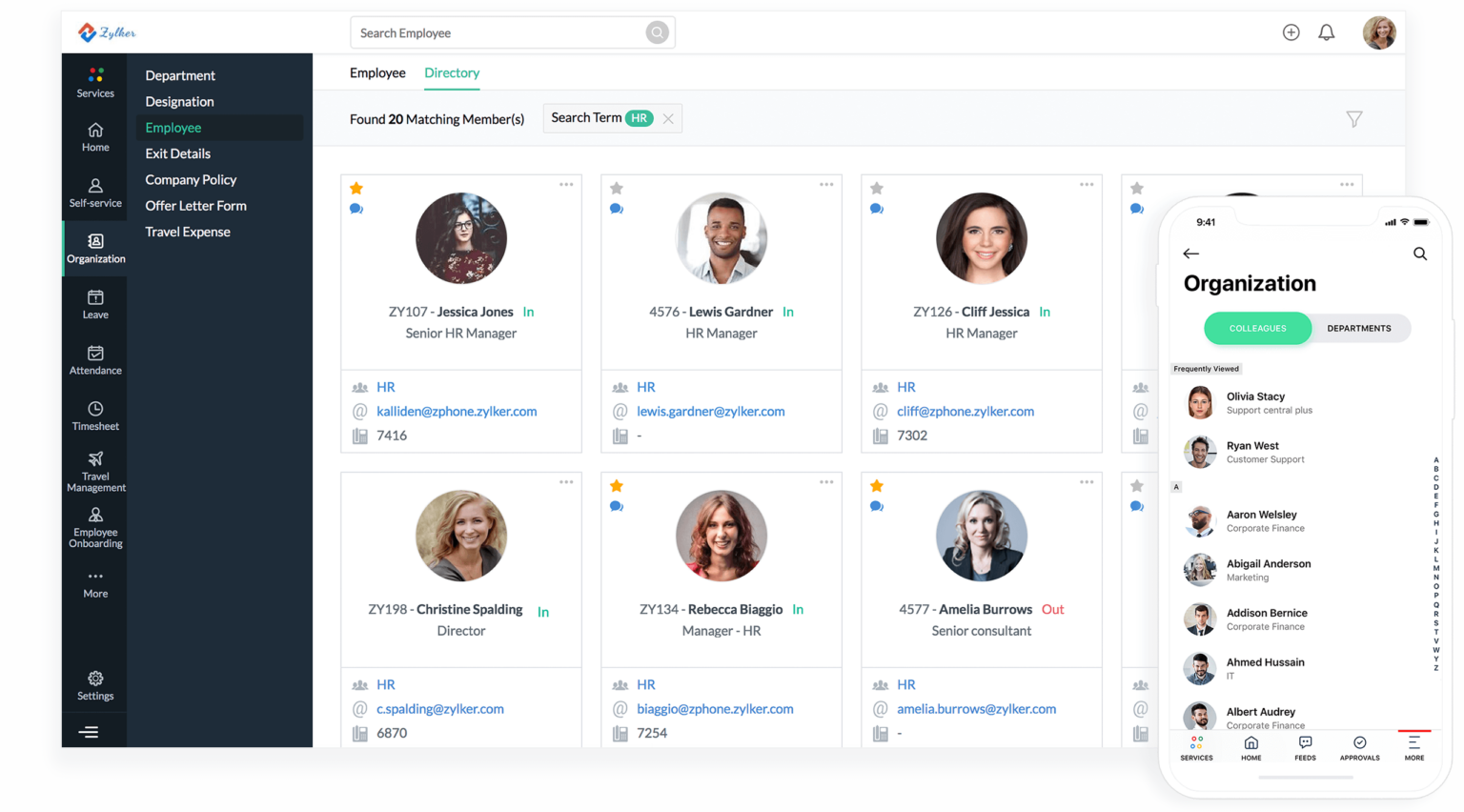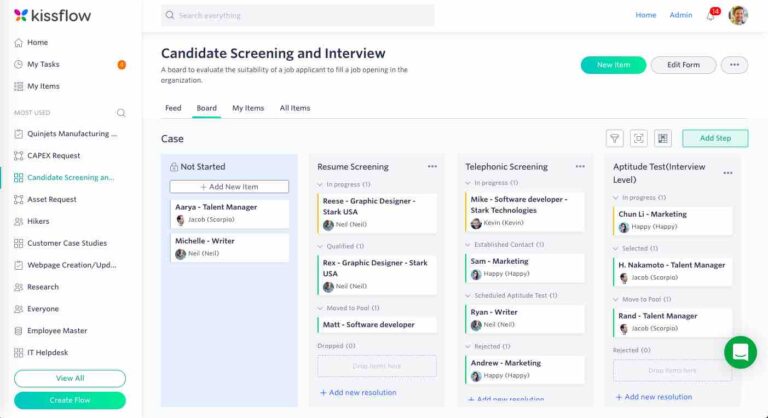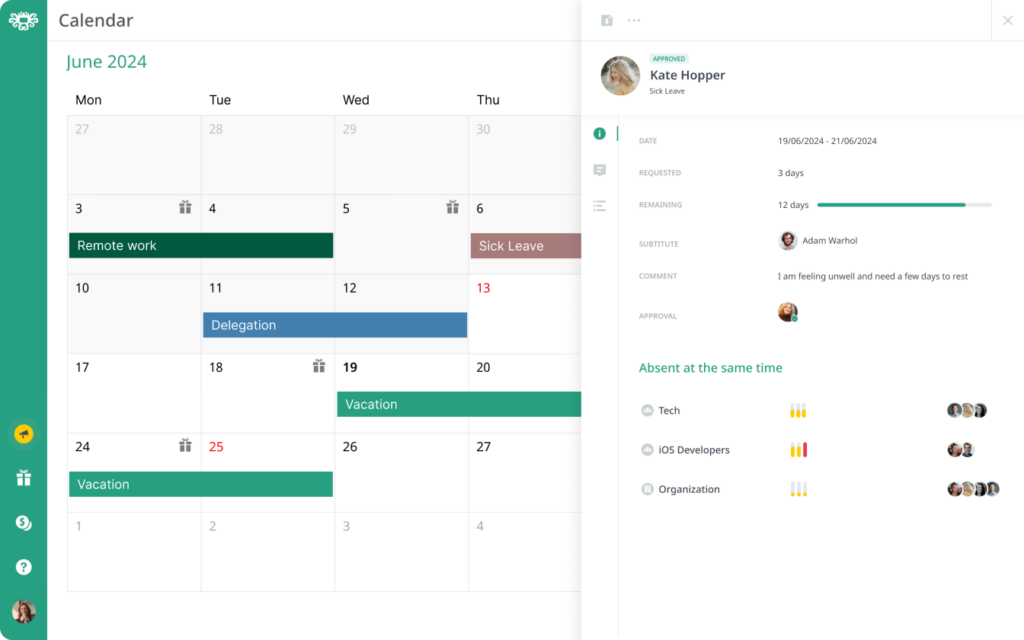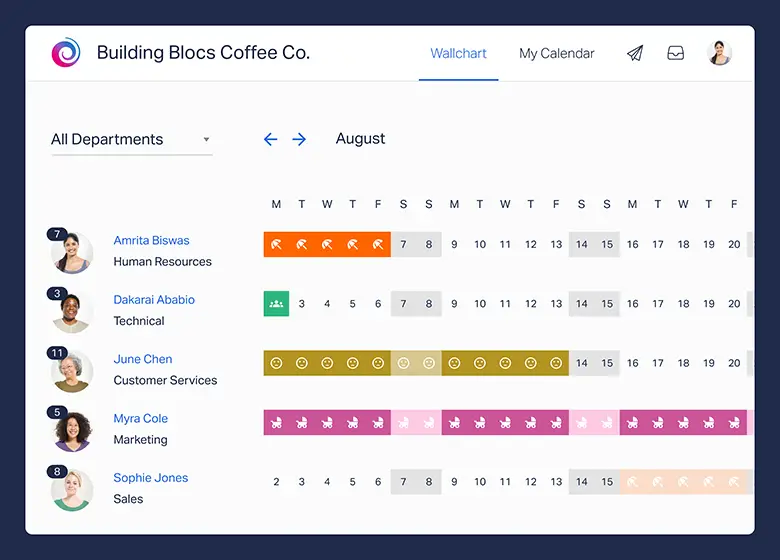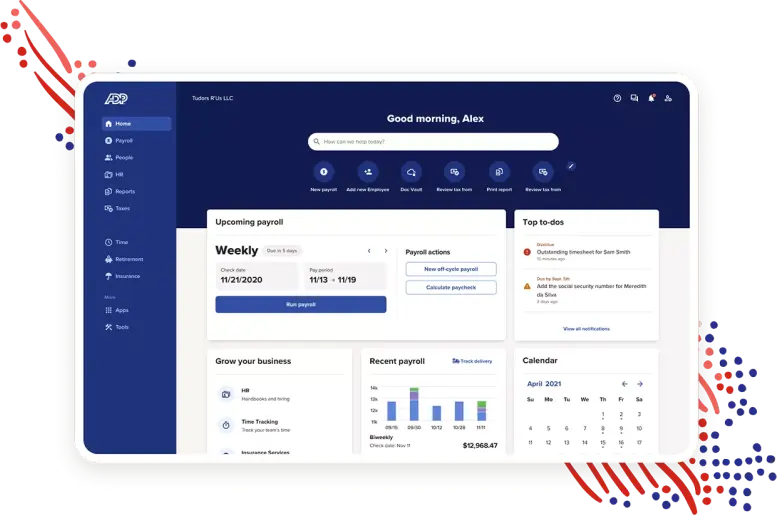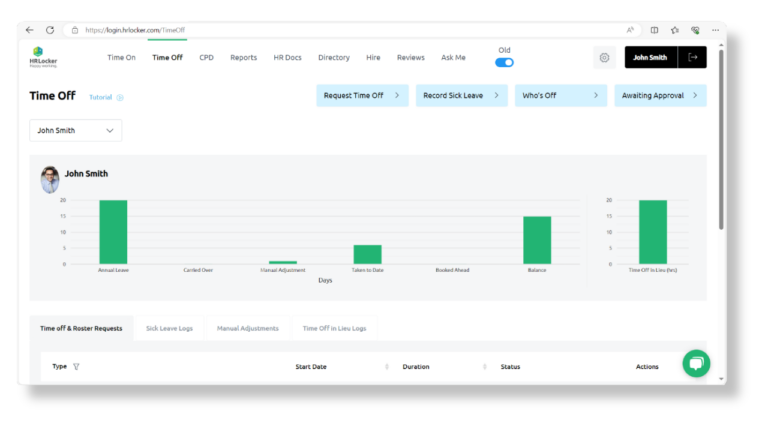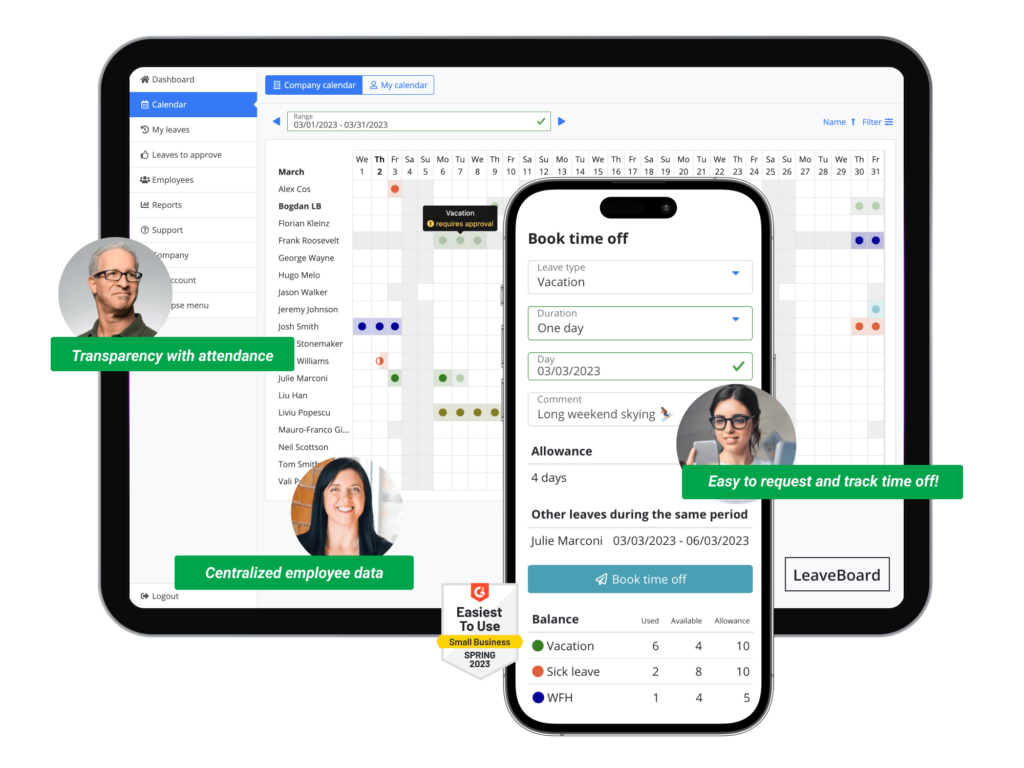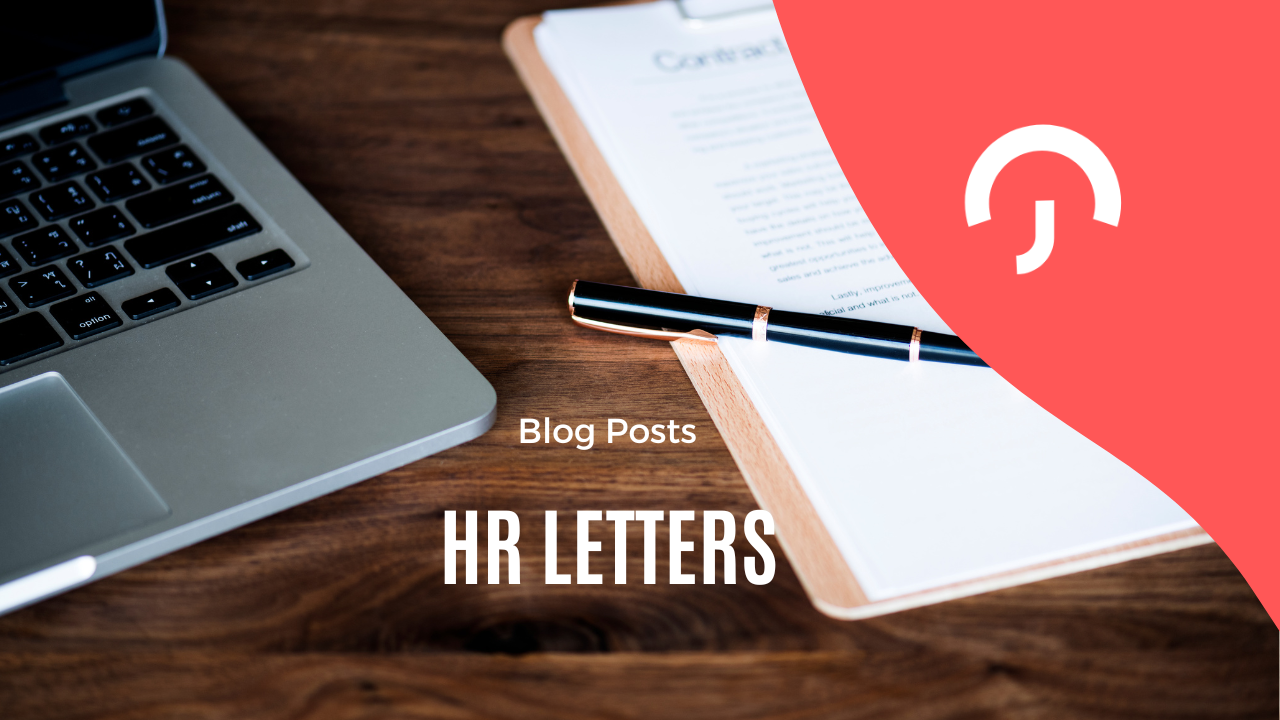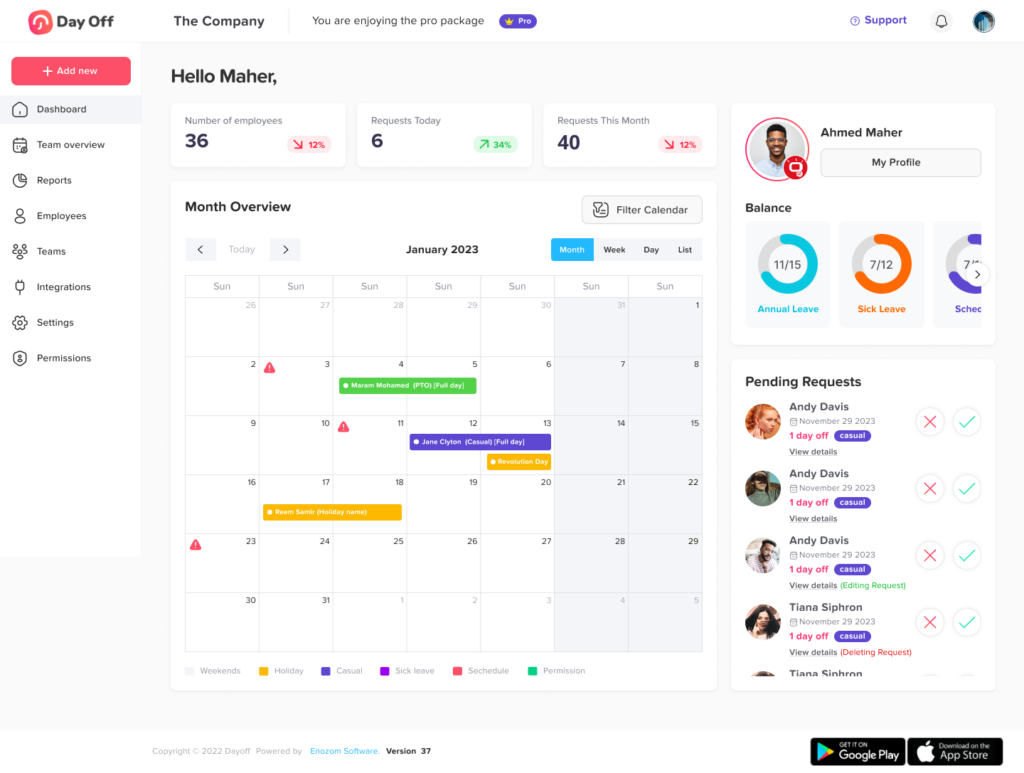Annual leave, often referred to as holiday entitlement, is a cornerstone of employment rights in the United Kingdom. It not only contributes to employee well-being and productivity but also reflects the UK’s commitment to work-life balance. In this comprehensive guide, we will explore everything employers and employees need to know about UK annual leave—from statutory entitlements to practical implementation, common exceptions, and legal nuances.
What is Annual Leave?
UK Annual leave (or holiday leave) is paid time off work that employees are legally entitled to each year. It ensures you have time to relax, take care of personal matters, or simply recharge.
Unlike unpaid time off, Uk annual leave is paid at your regular rate, and you cannot opt out of taking it—it’s a legal right designed to protect your health and work-life balance.
Quick Summary: UK Annual Leave at a Glance
Category | Full-Time Employees | Part-Time Employees | Notes |
Statutory Entitlement | 28 days (5.6 weeks) | Pro-rated based on hours/days worked | Employers can count public holidays toward this total |
Public/Bank Holidays | Included or excluded, depending on contract | Same rules apply, proportionally | Employers are not legally required to provide these separately |
Accrual | From the first day of employment | Also from day one | Pro-rated if an employee joins or leaves mid-year |
Carry Over | Up to 1 year (or 2 if unable to take leave due to valid reasons) | Same | Illness or maternity/paternity leave may justify longer carryover |
During Maternity/Sickness | Holiday continues to build | Identical rules apply | Accrued leave can be taken after returning |
Payment for Leave | Based on usual pay, including regular extras | Same approach | Based on average pay over the last 52 paid weeks |
Cash in Lieu | Only upon leaving the company | Same restriction | Statutory leave cannot be replaced by cash while still employed |
Statutory Leave Entitlement
Under UK employment law, full-time workers are legally entitled to a minimum of 28 days (or 5.6 weeks) of paid annual leave each year. This is designed to ensure all employees have enough time to rest and recharge.
This entitlement includes:
- 20 days of standard paid leave, which you can use for vacations, personal time, or rest.
- 8 days typically aligned with UK public or bank holidays (like Christmas, New Year’s Day, and Easter Monday).
Important: These 8 bank holidays are not automatically in addition to your 28 days. Instead, your employer can choose to either:
- Count them as part of the 28 days (which is the legal minimum), or
- Provide them on top of your 28 days, which would give you a total of 36 days off—a benefit offered by more generous employers.
Always refer to your employment contract or staff handbook to see exactly how your holiday entitlement is calculated and whether bank holidays are included or extra.
How Annual Leave Accrues
UK Annual leave is not given all at once—it accrues gradually as you work throughout the year, starting from your first day on the job.
- For full-time employees, leave accrues at a rate of around 2.33 days per month, so by the end of a full working year, you will have built up your full 28-day entitlement.
- For part-time workers, leave is accrued proportionally based on how many days or hours you work each week.
Example: If you work 3 days per week:
(3 ÷ 5) × 28 = 16.8 days of leave annually.
- For casual, temporary, or zero-hours staff, entitlement is typically calculated as 12.07% of total hours worked. This percentage ensures fairness and consistency across different working patterns, even for those without fixed schedules.
Are Bank Holidays Automatically Included?
The UK generally observes 8 bank holidays per year (in England & Wales), but these holidays are not automatically granted as additional leave.
Your employer may handle them in one of two ways:
- Include them in your statutory 28-day allowance—which means if you take off bank holidays, they’ll be deducted from your annual total.
- Offer them as additional leave—increasing your annual entitlement to up to 36 days, which is common in more competitive or generous contracts.
Important Notes:
- If your scheduled workday falls on a bank holiday, you might be required to work, especially in industries like retail, healthcare, or hospitality.
- If you don’t normally work on that day, you’re not guaranteed a replacement day off unless your contract specifically offers that.
Always check your contract or speak with HR to confirm how your employer treats bank holidays.
All workers—regardless of hours worked—are entitled to paid leave. The amount is adjusted based on your working schedule.
Example for Part-Time Work:
If you work 2 days a week:
(2 ÷ 5) × 28 = 11.2 days of paid holiday per year
For irregular or zero-hour workers:
Holiday is calculated based on hours worked using the formula:
Total hours worked × 12.07%
This method ensures that every hour worked earns some amount of holiday, promoting fairness across the workforce. Many employers and payroll systems use automated tools like Day Off to handle these calculations accurately.
Holiday and Sick Leave Can Overlap
You continue to earn annual leave even when you’re off sick—this includes both short-term and long-term absences.
- If you’re on sick leave but still want to take a holiday during that time, you can request it and be paid at your normal holiday rate.
- If you’re too ill to take your holiday before the leave year ends, UK law allows you to carry over that unused leave into the next year—for up to 2 years in some cases.
This rule protects employees from losing their statutory leave if health issues prevent them from taking it.
Holiday During Maternity, Paternity, or Adoption Leave
UK Annual leave entitlement continues to build up while you’re on maternity, paternity, or adoption leave—just as if you were still at work.
- You cannot take holiday during parental leave, but once you return, you can use the leave you built up.
- Many employees return from parental leave with several weeks of paid time off available, which can be helpful for a smoother transition back into work.
This ensures that taking parental leave doesn’t cause you to miss out on your regular holiday entitlement.
Can You Carry Over Unused Leave?
In most workplaces, you’re expected to use your holiday within the same leave year—but there are exceptions.
You can carry over up to 4 weeks of unused statutory leave into the next year if:
- You were sick
- You were on maternity, paternity, or adoption leave
- You were physically or otherwise unable to take your leave
Some employers may allow more than 4 weeks to carry over, especially if your contract includes more than the legal minimum holiday.
Always refer to your employer’s policy or speak with HR for confirmation.
Requesting Leave: What Are the Rules?
Employees have the right to request annual leave, but they must provide adequate notice in advance. By law, the notice period must be at least twice the length of the leave you’re asking for. This gives your employer enough time to plan and manage staffing needs without disruption.
Example:
If you want to take 4 days off, you need to give your employer at least 8 days’ notice before the first day of your leave. You can always give more notice than required—and it’s often recommended, especially during popular holiday periods.
Employers can decline a holiday request, but only if they have a valid business reason, such as:
- A high number of employees already on leave
- A particularly busy period for the company (e.g., seasonal peaks)
- Staffing shortages or operational requirements
In addition, employers have the right to:
- Enforce company-wide shutdowns, such as closing the office over the Christmas or New Year period. In such cases, employees may be required to use part of their annual leave allowance during the closure.
- Set blackout periods—times when taking leave is restricted or not allowed, usually during critical business operations (like product launches or audits).
Important: While employers can manage when leave is taken, they cannot prevent you from taking your full annual leave entitlement. You must be given the opportunity to use all your statutory holiday within the leave year, unless exceptional circumstances apply (such as sick leave or parental leave).
Holiday Pay: How Is It Calculated?
When you take annual leave, you’re legally entitled to receive pay that reflects your usual earnings—not just your basic salary.
This means your holiday pay should include:
- Regular overtime: If you consistently work extra hours and this forms a normal part of your pay.
- Commission: If it is a regular feature of your earnings, even if it varies month to month.
- Bonuses: If they are part of your usual compensation, not one-off or discretionary.
- Shift premiums: Such as extra pay for night shifts, weekends, or unsociable hours.
For employees with irregular or variable pay—like those working different hours each week or earning fluctuating income—holiday pay is calculated based on an average of your last 52 paid weeks (i.e., weeks where you received wages, not unpaid leave). This method ensures your holiday pay is fair and representative of your typical income.
This system protects all types of workers, especially those with non-standard working patterns, and ensures that taking leave doesn’t result in a financial disadvantage.
Frequently Asked Questions (FAQs)
1. Can I be forced to take holiday at certain times?
Yes, in some cases.
Your employer can require you to take holiday at specific times, such as during a company-wide shutdown (e.g., over Christmas or during factory maintenance). This must be communicated with at least twice as much notice as the leave being enforced. For example, if you’re being asked to take 5 days off, your employer must give at least 10 days’ notice.
2. What happens if a bank holiday falls on a day I don’t usually work?
You may not get an alternative day off.
If your scheduled work pattern means you never work Mondays, and most bank holidays fall on Mondays, you might not benefit from bank holidays unless your contract gives you additional or substitute days off. This is especially relevant for part-time workers.
3. Can I cancel approved leave if my plans change?
Possibly, but it’s not guaranteed.
While you can ask to cancel or change your leave, it’s up to your employer whether to approve the change. If they’ve already made plans based on your approved absence (e.g., covering your shifts), they are within their rights to decline the cancellation.
4. Do I still accrue holiday while on unpaid leave or a career break?
No, not usually.
You only accrue statutory annual leave while you’re working, or on certain types of paid leave (like sick leave or parental leave). If you’re on unpaid leave or a sabbatical, holiday entitlement generally does not accumulate during that time—unless your contract states otherwise.
5. Can holiday leave be taken in half days or hours?
It depends on your employer’s policy.
There is no legal right to take half-days or an hourly holiday, but many employers allow it for flexibility. Check your company’s holiday policy or employee handbook to see if it’s permitted.
6. What happens to my holiday if I resign or am made redundant?
You will be paid for unused leave.
If you leave your job partway through the holiday year and have accrued but unused leave, you are entitled to be paid for it in your final paycheck. If you’ve taken more leave than you earned up to that point, your employer may deduct the excess from your final pay (if your contract allows this).
7. Can an employer force me to use annual leave during my notice period?
Yes, if they give proper notice.
An employer can require you to take some or all of your remaining holiday during your notice period, as long as they provide double the notice of the length of leave being required.
8. Can I take unpaid leave instead of a paid holiday?
Not usually.
Employers can refuse unpaid leave requests if you still have paid holiday remaining. They are legally required to encourage you to use your statutory holiday first. Unpaid leave is usually granted at the employer’s discretion and is not a substitute for paid annual leave.
Conclusion
Understanding your UK annual leave rights is essential for maintaining a healthy work-life balance and ensuring you receive the time off you’re entitled to. Whether you’re full-time, part-time, or on a flexible contract, the law provides clear protections to ensure fair holiday pay, accurate accrual, and equal access to rest periods. Always review your employment contract and consult HR to clarify specific terms, especially around bank holidays, carry-over, or leave during sickness or parental absences. Staying informed helps you make the most of your entitlements and supports your overall well-being at work.

